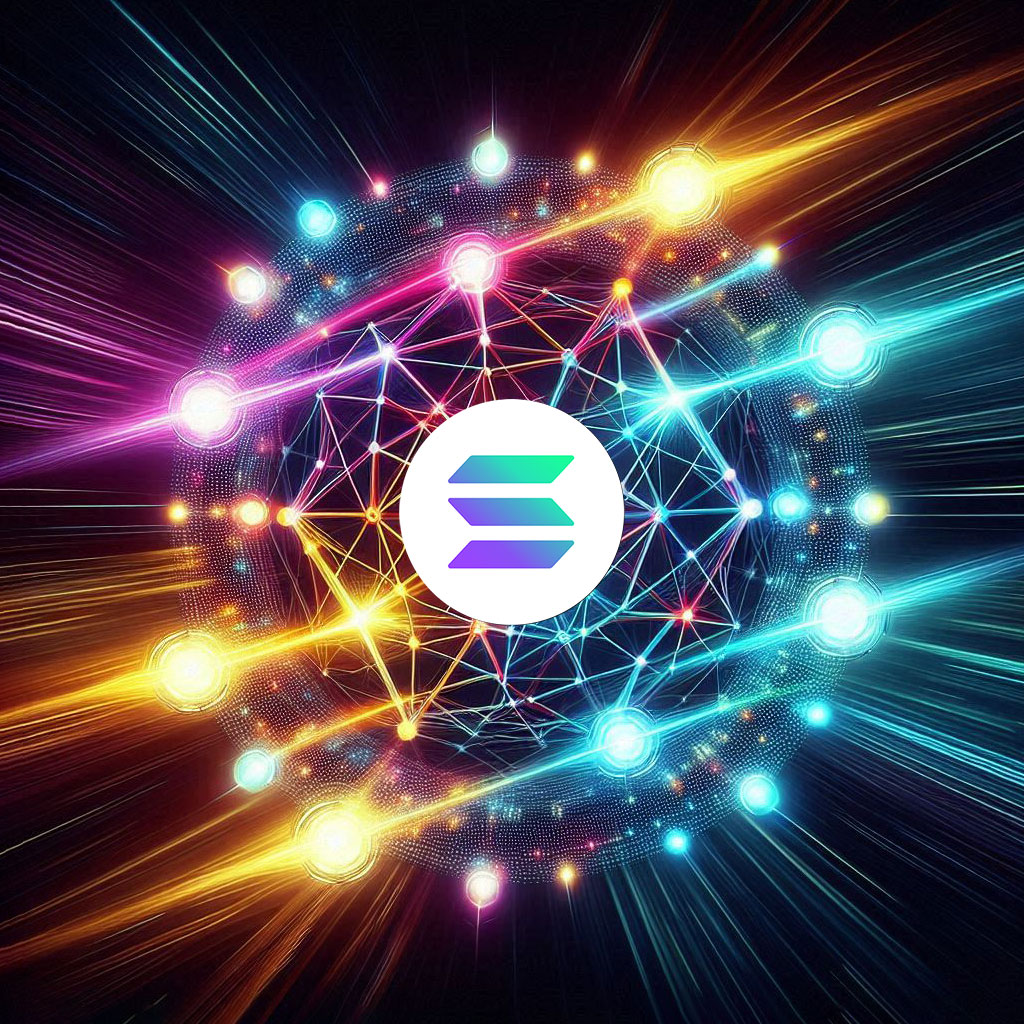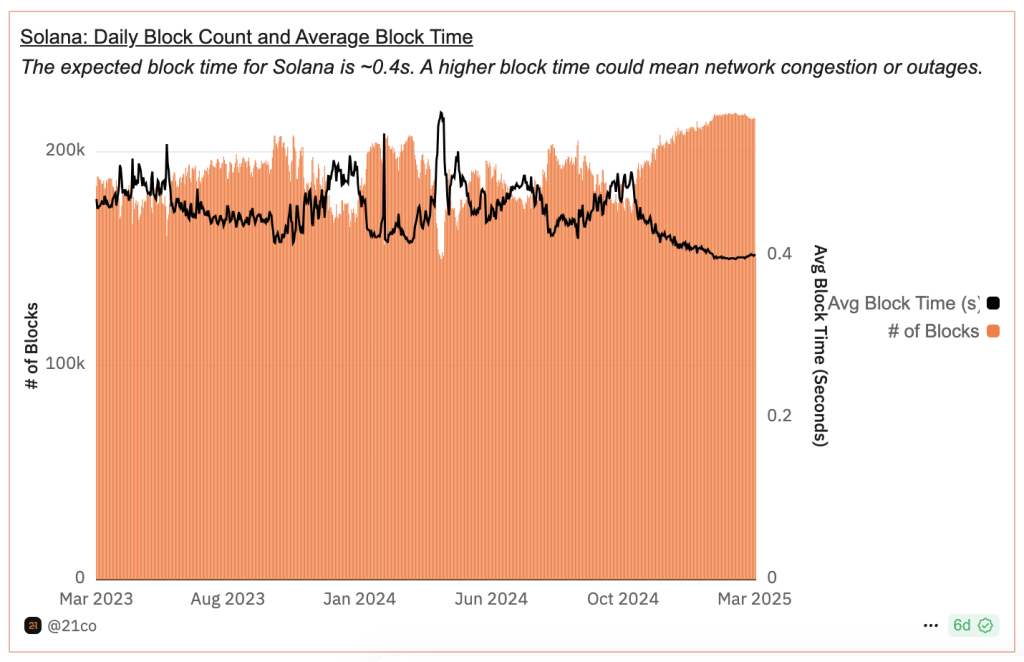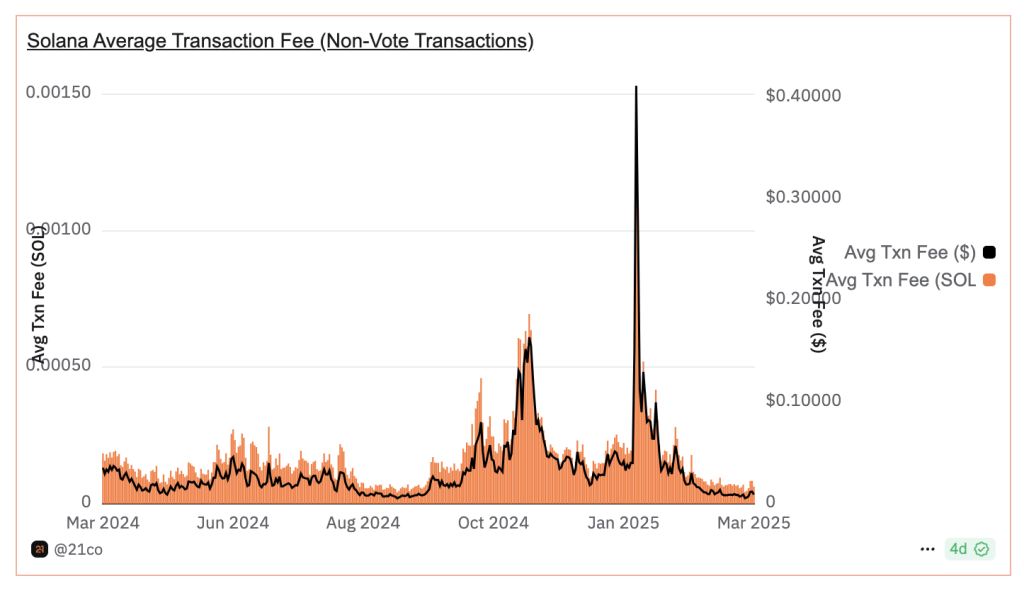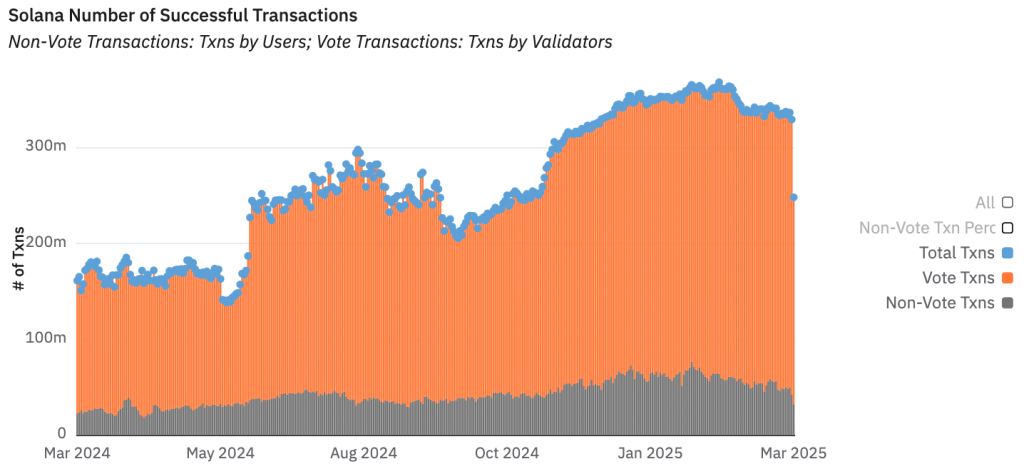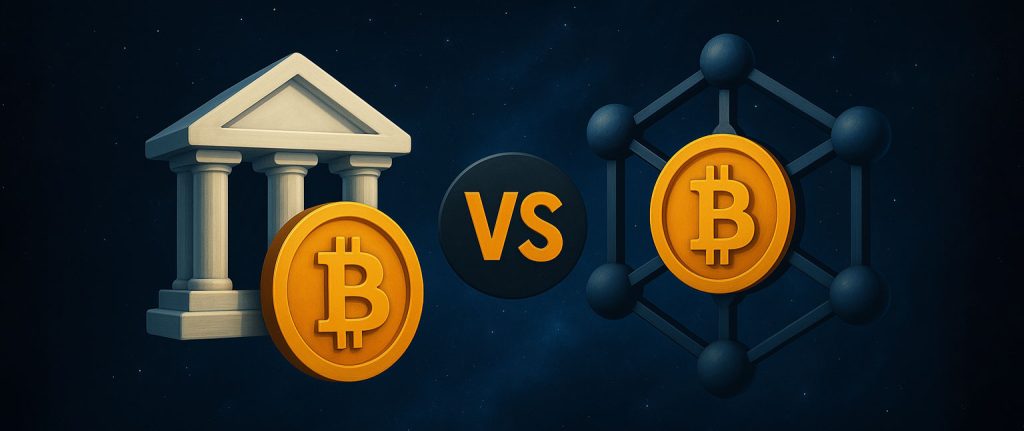
When you choose a platform to send, receive, and trade crypto, you’re not just picking a random website. You’re choosing how much control you want and how much exposure you’re willing to accept.
Some people go for polished, official-looking centralized platforms—the “safe” option with logins, customer support, and compliance procedures.
Others choose privacy, self-custody, and the flexibility of decentralization with no gatekeepers, questions, or risk of data exposure.
Each side has its benefits and trade-offs.
In this article, we’ll break down how both systems actually work, where the biggest vulnerabilities are, and how to avoid the potential risks.
First smart contract for secure and compliant crypto transfers
Learn how to protect your crypto projects and wallets
What are centralized and decentralized exchanges, and how do they differ?
Before diving into safety and security matters, let’s briefly go through the basics and understand the unique features of the two options on the table.
Centralized exchanges (CEX)
A centralized crypto exchange is a platform run by a company that holds your funds, accounts, and transactions. You typically register with personal data and interact through a web or app interface.
Examples: Binance, Coinbase, Kraken, etc.
On centralized exchanges, you move funds by routing them through a company’s system. Transfers can happen between internal accounts (off-chain) or as blockchain withdrawals and deposits—in both ways, the exchange holds the assets, decides the rules, and acts as the gatekeeper.
People choose CEX for the following reasons:
- Easy onboarding
- Convenient interface
- Access to customer support
- Compliance and guarantee of your funds’ safety
To summarize, centralized platforms offer a packaged, familiar experience: logins, interfaces, support, and the sense that someone is keeping things under control.
Decentralized exchanges (DEX)
A decentralized crypto exchange is a place that lets users send, receive, or exchange crypto directly between wallets using smart contracts—without registration, KYC procedures, or anyone else holding your funds.
Examples: Uniswap, PancakeSwap, Curve, etc.
With decentralized exchanges, everything happens on-chain. You connect your wallet, interact with a contract, and execute transactions without intermediaries.
People choose DEX for the following reasons:
- Full control over assets at all times
- No registration, no gatekeeping
- No data collection and no exposure risk
- Transparent rules written in code, not in policies
To summarize, decentralized platforms offer the freedom of handling everything yourself—just you and your wallet, blockchain, and direct counterparties.
On paper, the difference looks straightforward:
- Centralized exchanges offer structure, convenience, and safety.
- Decentralized exchanges offer autonomy, transparency, and freedom.
But that’s only the surface. The trade-offs show up the moment you actually start using them—on both sides.
Connected risks
If you look deeper than just features and structural differences, you start to understand that neither system can protect you from every possible threat.
They both have blind spots, just very different ones.
Risk 1: Dirty crypto and AML exposure
Some risks in crypto don’t come from what you do. You can follow every rule, never touch a scam, never hide a thing, and still lose access, get blacklisted, or suffer a loss.
Why?
Crypto AML systems don’t assess your intent; they respond to signals.
Automated logic tracks wallet activity, past associations, contract behavior, and code execution, not your moral standing.
So when a suspicious token touches your wallet—even without you knowing, just by receiving a transfer—that signal gets recorded.
That’s how ‘dirty crypto’ spreads: not necessarily because you chose it, but simply because it has entered your wallet. And now your address may be flagged as high-risk. Even if the rest of your tokens are clean, they can all be treated as suspicious because they’re held in a wallet linked to so-called “illicit activity.”
What happens next depends on the kind of platform you use:
| Centralized exchanges (CEX) | Decentralized exchanges (DEX) |
|
|
Summary:
CEXs try to block risk at the entry point but may block your funds instead.
DEXs don’t assess transaction risk, but that doesn’t make the risk disappear; it follows your wallet.
The biggest danger in crypto is not hacking or scamming—it’s receiving dirty tokens that may get your wallets flagged.
Stop risky interactions before they happen
Risk 2: Losing access to your funds
Owning crypto isn’t just about having it; it’s about being able to access it whenever it matters. And that depends entirely on how and where you store it.
In centralized systems, someone else holds your funds and decides what happens to them. In decentralized systems, you hold everything yourself and take on all the risk that comes with it.
Either way, access can be lost. The difference is just in how it can happen.
| Centralized exchanges (CEX) | Decentralized exchanges (DEX) |
|
|
Summary:
Centralized platforms can feel safe—until they’re not. Decentralized systems can feel free—until something slips. So, there’s no perfect option. The real question is, who do you trust more in terms of blockchain security, a third party or yourself?
Risk 3: Data and identity exposure
Crypto isn’t anonymous by default.
On a centralized exchange, your personal data is stored in company databases, which is obviously a risk or disclosure.
On a decentralized one, your transactions are recorded on-chain. There’s no personal info attached by default, but the moment your wallet gets linked to your identity, whether through a KYC deposit, a public ENS name, or a wallet address you’ve publicly shared, your full transaction history becomes traceable.
In both cases, your privacy has limits. The difference is where those limits come from—centralized storage or public visibility.
| Centralized exchanges (CEX) | Decentralized exchanges (DEX) |
|
|
Summary:
On a CEX, your data is in a file. On a DEX, it’s on the blockchain. Either way, if your identity gets linked to your wallet, your activity becomes visible.
Risk 4: Transaction finality and fraud protection
There’s one thing traditional finance has that crypto doesn’t: reversibility.
In most banking systems, you can cancel a transfer, dispute a charge, or report fraud and expect someone to step in. In crypto, finality is part of the design — once a transaction is confirmed, it’s permanent. That sounds simple until something goes wrong. You send funds to the wrong address. You fall for a fake UI. You approve a malicious contract. The system treats all of it as valid.
Whether anyone can help you—or whether you’re completely on your own—depends on the kind of platform you’re using.
| Centralized exchanges (CEX) | Decentralized exchanges (DEX) |
|
|
Summary:
CEXs sometimes act as a safety net—but only on their terms. DEXs don’t catch mistakes or scams and provide you with zero protection. Final means final.
Is there a way to make crypto transfers safe, private,
and fraud-protected at the same time?
The compromise
Whichever path you choose, CEX or DEX, you’re not just choosing a method, but you’re also choosing what to compromise.
Until recently, there was no way to have the control, freedom, and anonymity of decentralized platforms together with the security, convenience, and simplicity of centralized ones.
That compromise has long existed for one reason: risk detection couldn’t happen on-chain.
So, platforms had to choose:
- Ignore the risks and let anything through, like most decentralized solutions.
- Or rely on centralized services with a “block-now-ask-later” approach.
But that’s beginning to change.
Alpha AML moves the compliance logic on-chain
The concept is straightforward: if risk is connected with the funds, it should be evaluated before the transaction happens, not afterward. That means moving the decision point into the transaction itself.
Alpha AML does exactly that, working for both sides of the ecosystem: users who want privacy without exposure and builders who need risk defense at the protocol level.
Alpha AML’s core is an audited, public smart contract.
It checks transaction risk in real time based on multiple parameters such as on-chain wallet behavior, links to flagged entities, exposure to mixers, interaction history with high-risk assets, and others.
Based on the risk score, it allows or rejects crypto transfers from flagged wallets automatically.
Businesses can integrate this smart contract directly into their protocols or applications to add a built-in security layer.
Users can interact with it through a simple dApp—sending and receiving funds with full privacy while staying protected from risky transfers.
Would you like to know more and make your crypto transfers safe?

